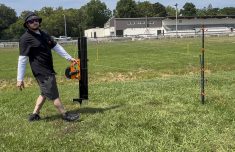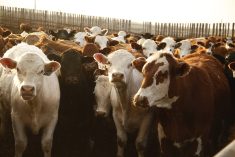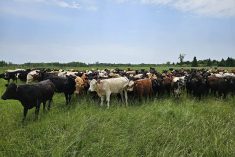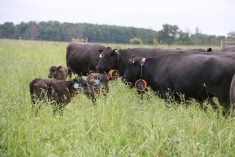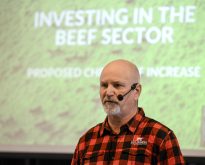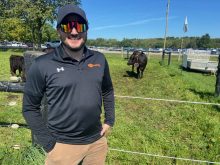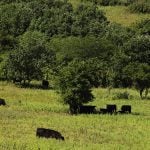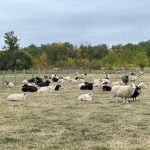Producers anxious to turn cattle out onto pasture after the long winter months could sacrifice pasture yield later in the summer if the cattle are turned out too quickly.
Why it matters: Turning cattle out to pastures too early or too late has consequences on the cattle’s health, the forage quality and quantity.
Tim Prior of Brussels Agri Service, runs a rotational grazing system for his beef cattle in Huron County.
Mother Nature does a great job of taking care of soil and providing the cattle with feed. Farmers want to ensure they don’t ruin the soil by putting cattle out too early, as it’s what’s providing farmers with feed for the rest of the year, says Prior.
Read Also
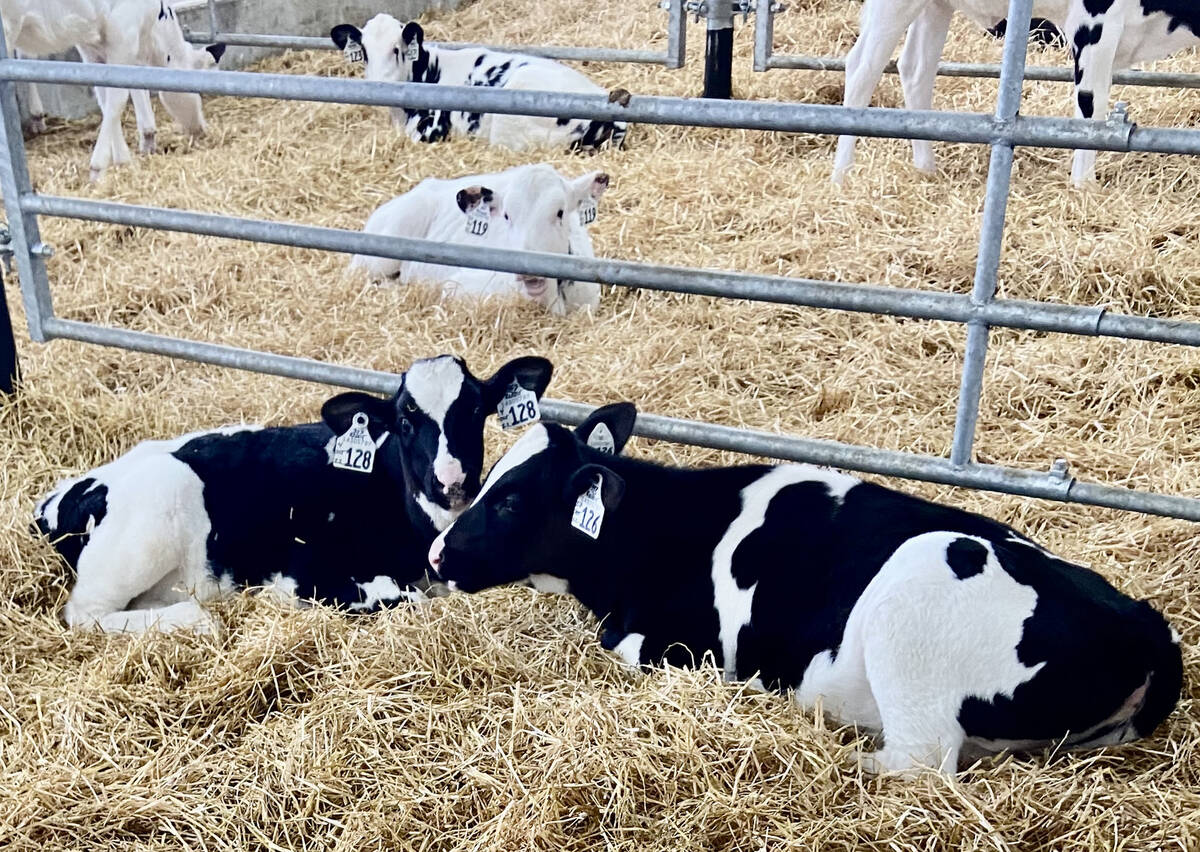
Back to the drawing board for sexed semen fertility ratings
Lactanet, the national genetic evaluation and dairy data provider, goes back to the drawing board with its sexed semen fertility rating index prototype.
Being prepared for the spring turn out starts in the fall, he adds.
For sufficient spring growth and adequate root reserves farmers need to pull cattle off the pastures when there is still enough mass on top.
Heavy fall grazing depletes root reserves, affecting grown in the following spring.
Come spring, putting cattle out when the ground is still wet can create pugging — hoof holes in the sod, affecting the growth of the forage and esthetics of the pasture.
Grass should reach the three to four leaf stage before cattle start to graze.
“At the one to two leaf stage the plant is still utilizing root reserves to support growth,” says Jack Kyle, grazing management consultant. “If the plant is bitten off at one to two leaf stage the root reserves will be depleted and the entire plant will weaken.”
The grasses should be photosynthesizing before putting cattle on the pasture. At six to eight inches in height there is sufficient leaf area for proper plant growth and recovery from grazing.
Yet, waiting too long to put cattle on pasture can create some negative effects on the livestock production, says Christine O’Reilly, forage and grazing specialist with OMAFRA.
“Once plants enter their reproductive stages, feed quality and palatability decline quickly.”
As the forage plants mature, the lignin content increases. Ruminants cannot digest lignin so the nutritional value of the forage is decreased. That affects milk production so calf growth is reduced.
“It can be a struggle to graze every paddock before the plants start to head out, so some farmers will take a first cut of hay from part of the pasture to keep those paddocks in a vegetative state,” says O’Reilly.
Rotational grazing is suggested to ensure forage quality, quantity and animal performance.
“A multi-paddock system gives the opportunity to rest paddocks and allow for sufficient regrowth before the paddocks [are] grazed again,” says Kyle.
Ideally, animals are grazed on one paddock for one day — no more than three. The animals are then moved to the next paddock to allow for sufficient regrowth.
The rest period before a pasture is grazed again depends on temperature and moisture conditions.
“[Rest periods range] from approximately 25 days in the spring/early summer to 45+ days in the mid to late summer,” says Kyle, “Ideally the system has about 30 paddocks per group of animals. Ten paddocks would be minimum per group of animals.”
Spring and early summer bring times of rapid plant growth, making rotation move quicker.
“For the first grazing rotation, livestock should be moved quickly through the paddocks to nip the tops off everything, which will delay the onset of reproductive growth stages,” says O’Reilly.
As farmers enter into the slower growing seasons of July and August, the rotation slows down.
“The second rotation through the paddocks will be slower [allowing] more use of the grass that is there,” says O’Reilly, “Growth in cool-season grasses slows down as soil temperatures exceed 25 C — this is known as the ‘summer slump.’”
When establishing a new pasture, much like any cash crop, planting should begin once the field is dry and fit for planting conditions to ensure minimal damage.
Soil fertility is usually the most limiting factor in forage production. It is important to take soil tests and use an appropriate starter fertilizer program, says O’Reilly.
Many producers choose to renovate their pastures rather than terminate them and start again.
“Southwestern, central and eastern Ontario had good conditions for frost seeding over (the last few weeks of March), with temperatures below freezing overnight and above freezing during the day,” says O’Reilly.
“Another option is to use a no-till drill to plant into the existing stand once field conditions are good. In both of these cases, success is higher when the pasture is grazed close on the first rotation. This heavy grazing sets back the established plants and gives the new seedlings a better opportunity to compete.”




